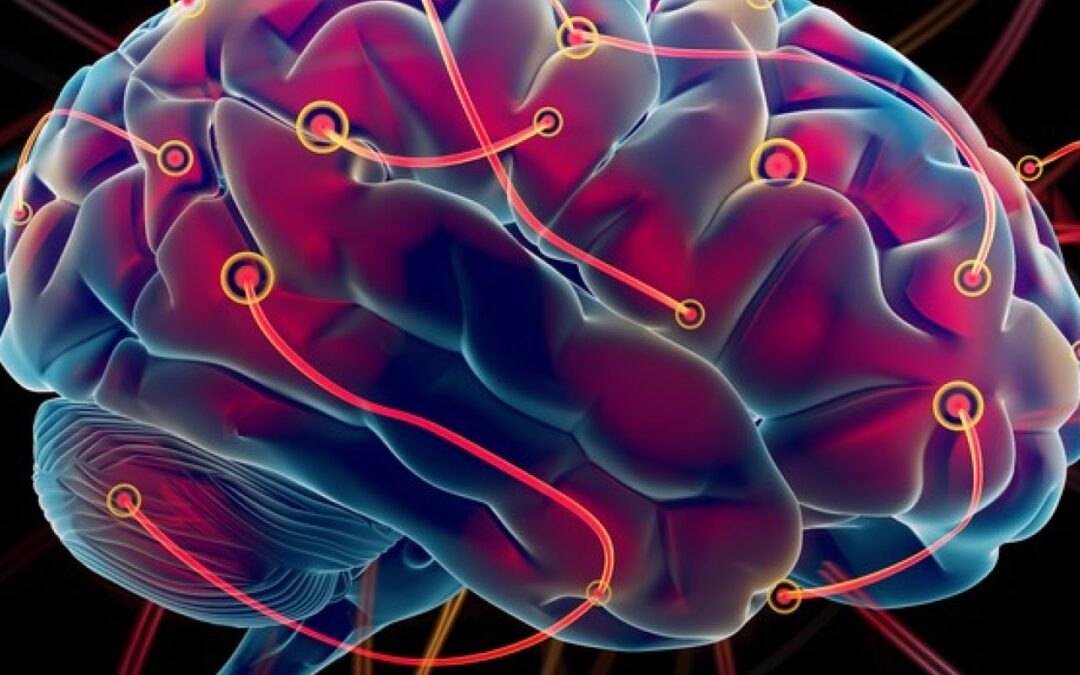In the time since evidence emerged that language acquisition can positively impact neuroplasticity, there has been growing interest in the effects of language acquisition on the brain. The term neuroplasticity refers to the structural changes that occur in the brain as it responds to various stimuli, experiences, and cognitive demand. This means that learning and using multiple languages physically changes the architecture of the brain.
These architectural changes have been linked to several forms of cognitive improvement. These structural changes can occur quite quickly and at any age, so everyone can experience the cognitive benefits of learning a new language. Our understanding of the relationship between language acquisition and neuroplasticity is still in its infancy, but some very interesting links have already been made. Here’s what you need to know:
Structural Changes to the Brain Resulting from Language Acquisition
One landmark study about the effects of language acquisition on brain structure looked at the brains of people before and after completing an intensive German course. The participants had a significant increase in the density of their grey matter. This structure contains the cell bodies of neurons and is responsible for memory, attention, and intelligence.
Notably, the degree of increase in grey matter did not correlate with language proficiency at the end of the course, suggesting that it is the act of studying itself rather than the outcome that drives this change. Another study looked particularly at the hippocampus before and after exposure to a new language and found cortical thickening. This also suggests that language acquisition causes grey matter expansion.
These two studies looked at adults approaching another language. What about people exposed to more than one language from birth? To answer this question, researchers looked at the brains of people who spent time around Catalan and Spanish speakers from infancy, compared to monolingual speakers who only learned Spanish. The researchers concluded that the auditory cortex was larger in the bilingual group, specifically Heschel’s gyri.
After controlling for other causes of an increased auditory cortex size, the researchers concluded that bilingualism was the driving factor. Again, language acquisition was shown to drive grey matter growth. In the end, this means that people who have learned another language may have more processing power overall, but it remains difficult to know exactly what this means in terms of function.
How Language Acquisition Affects Memory and the Aging Process
Language acquisition has been linked to improvements in working memory. The term “working memory” refers to the space in our brains preserved for manipulating and processing new data prior to storage. Phonological loop is the part of working memory that allows us to hold information in a speech-based format.
Studies show that bilingual individuals outperform people who speak only one language in terms of the phonological loop. Moreover, bilingual individuals also performed better in tasks involving visual-spatial span, which suggest that the benefits of language acquisition extend beyond language processing within working memory.
Researchers have also found that language acquisition supports better cognition later in life. In Scotland, a study came to this conclusion after analyzing data from a representative cohort of people born in the same city and in the same year, 1936. This sort of cohort arrangement helps control for environmental differences that could otherwise account for differences.
The data showed that bilingual participants performed significantly better on tests conducted between 2008 and 2010, especially in terms of reading and intelligence. The study included non-native speakers who learned the additional language as adults. Furthermore, language acquisition has been linked to later onset of dementia in adults who are older.
The Impact Language Acquisition on Verbal and Nonverbal Intelligence
For a long time, researchers have known that learning another language has a positive effect on both verbal and nonverbal proficiency. One of the landmark papers on this topic came out in 1962. After creating standardized measures for bilingualism and controlling for age, sex, and socioeconomic status, the researchers saw that people who knew two languages scored statistically better than people knowing only one on both verbal and nonverbal tests.
This difference was most profound with nonverbal testing, which has led theorists to argue that language acquisition helps with the overall ability to form concepts. Much of nonverbal intelligence has to do with manipulating abstract ideas, such as recognizing visual sequences and conceptual reasoning.
One theory used to explain this difference is the concept of coactivation. This theory holds that people who can speak two languages have greater regulation over the prefrontal cortex, which is where language gets processed. Because this area must select from two areas that are co-activated, meaning both languages can be spoken concurrently, the prefrontal cortex gets a lot of cognitive exercise.
This leads to greater control and processing ability. More recently, this concept has come under scrutiny as a 2019 study found no significant difference in the nonverbal switching ability between people speaking one language and people speaking two. Ultimately, more research needs to be done to understand this relationship better.

